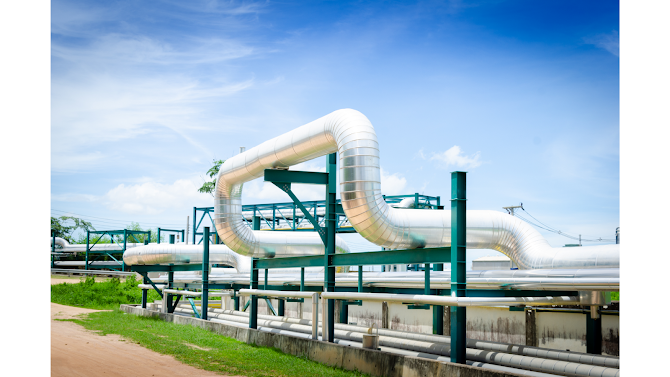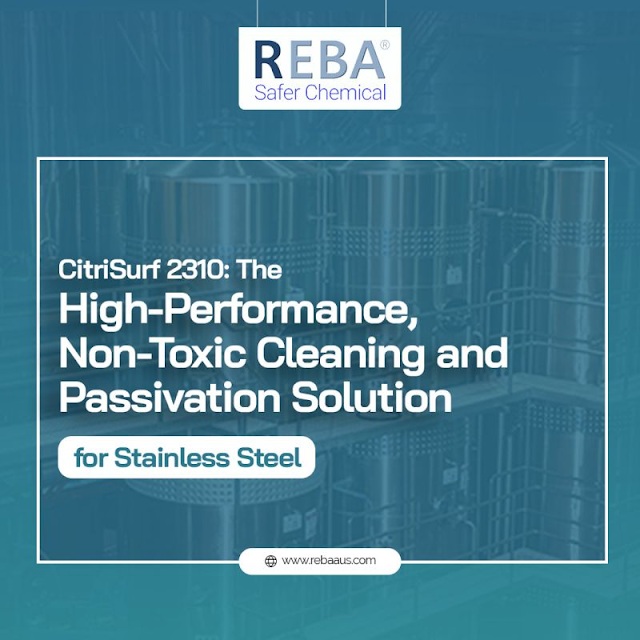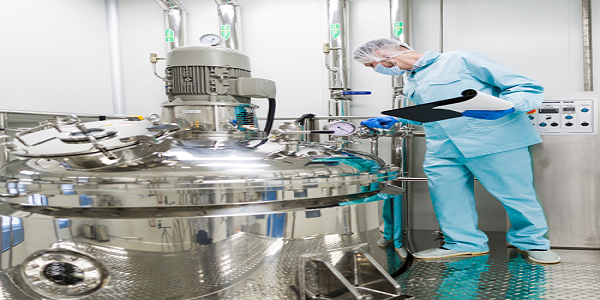Strengthen Your Steel Surfaces with Stainless Steel Passivation Process
Stainless Steel Passivation Process consists of removing iron from the surface and encouraging the development of a passive protective film. Passivation increases the corrosion resistance of stainless steel, helping it to stay rust-free for much longer. Although stainless steel is known for its natural corrosion-resistant properties, the process of passivation provides maximum protection from any kind of rust that could otherwise form.
Importance of Passivation
Passivation is important for all kinds of stainless steel. Passivation encourages the organic formation of a protective layer on the stainless steel, protecting the surface from contamination.
Without passivation, stainless steel easily comes in contact with pollutants that lead to corrosion, and eventually, rust. Any stainless surface can develop rust with time, so it is necessary to ensure every part of the stainless steel is covered during the passivation process.
The Passivation Process
The first step in passivation involves a thorough cleaning and degreasing of the steel. This process takes off any metallic or organic residue left over from the fabrication process. After cleaning, the parts are then submerged in a passivation solution. The concentration of the solution, the temperature, and the time the steel is left in the bath are all dependent on the type and grade of stainless steel. These variables are to be correctly managed, as accuracy is vital in ensuring the best results.
Nitric Acid and Citric Acid Passivation
Although nitric acid-based products are the traditional choice for passivation, alternatives such as non-toxic citric acid quickly become more popular for their ease of use and biodegradable qualities. A citric acid solution such as CitriSurf products work on most stainless steel grades and the solution does not need to be heated, unlike nitric acid. This takes much of the guesswork out of ensuring your stainless steel is sufficiently passivated.
Not only that, CitriSurf additionally provides a thicker corrosion-resistant layer than traditional nitric acid formulations, meaning stainless steel stays rust-free for longer.
CitriSurf Passivation
Reba Scientific provides a range of CitriSurf products, perfect for various residential, commercial, and industrial applications.
CitriSurf 2210
CitriSurf products include a gel solution for joints, welds, and other areas particularly vulnerable to corrosion and rust.
CitriSurf 77
The CitriSurf 77 spray solution is suitable for applications where the stainless steel item is fixed or too large to bathe. It can also be used for tiny areas via either spraying or brushing on the steel.
Hence, get in touch with Reba Safer Chemical, choose Stainless Steel Passivation Process and Rust Removal from Stainless Steel from Reba Scientific and increase the strength and life of your stainless steel surfaces.




Comments
Post a Comment